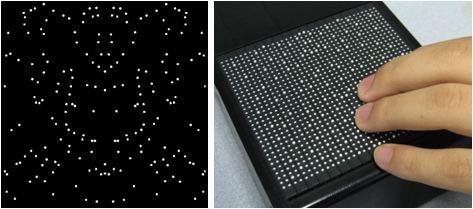Symmetry Detection in Visual Impairment: Behavioral Evidence and Neural Correlates
Abstract
Share and Cite
Cattaneo, Z.; Bona, S.; Bauer, C.; Silvanto, J.; Herbert, A.M.; Vecchi, T.; Merabet, L.B. Symmetry Detection in Visual Impairment: Behavioral Evidence and Neural Correlates. Symmetry 2014, 6, 427-443. https://doi.org/10.3390/sym6020427
Cattaneo Z, Bona S, Bauer C, Silvanto J, Herbert AM, Vecchi T, Merabet LB. Symmetry Detection in Visual Impairment: Behavioral Evidence and Neural Correlates. Symmetry. 2014; 6(2):427-443. https://doi.org/10.3390/sym6020427
Chicago/Turabian StyleCattaneo, Zaira, Silvia Bona, Corinna Bauer, Juha Silvanto, Andrew M. Herbert, Tomaso Vecchi, and Lotfi B. Merabet. 2014. "Symmetry Detection in Visual Impairment: Behavioral Evidence and Neural Correlates" Symmetry 6, no. 2: 427-443. https://doi.org/10.3390/sym6020427
APA StyleCattaneo, Z., Bona, S., Bauer, C., Silvanto, J., Herbert, A. M., Vecchi, T., & Merabet, L. B. (2014). Symmetry Detection in Visual Impairment: Behavioral Evidence and Neural Correlates. Symmetry, 6(2), 427-443. https://doi.org/10.3390/sym6020427




